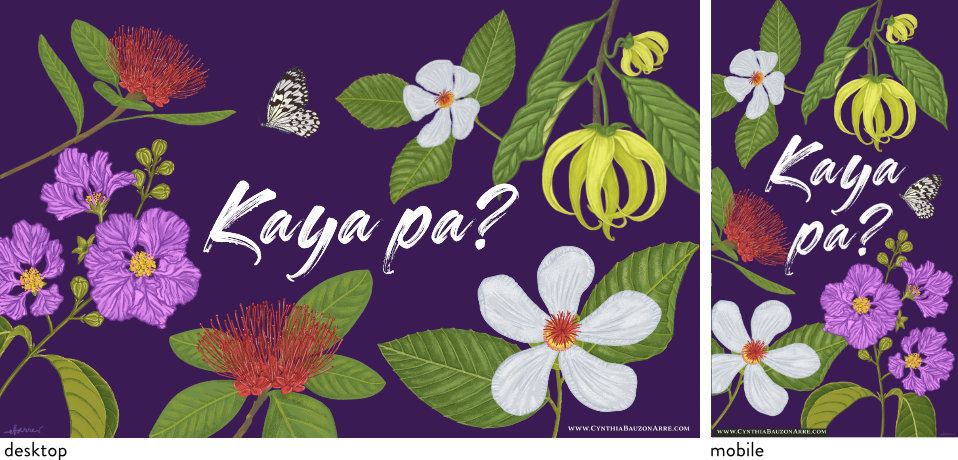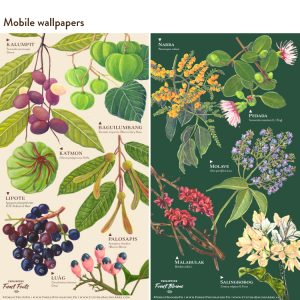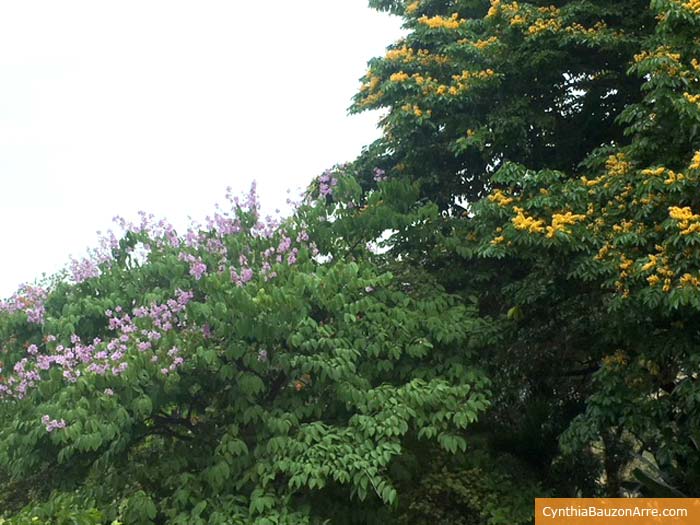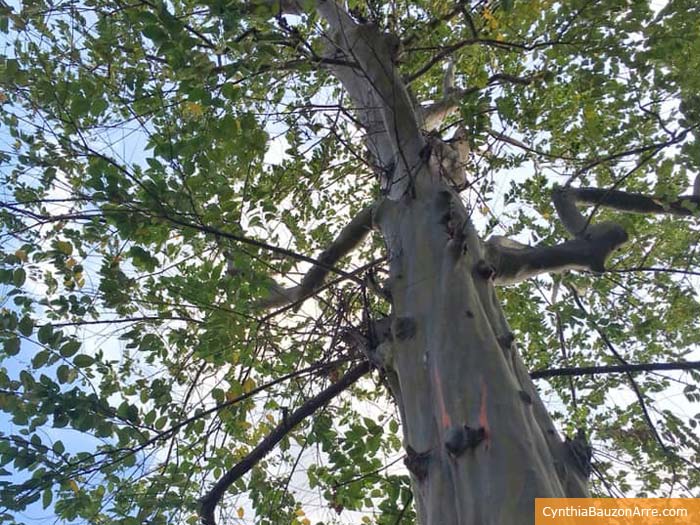by Cynthia B. Arre | Apr 5, 2020 | Advocacies, Downloadables
How are you holding up during this challenging period? Very grateful to the people holding the fort – our frontliners who are bravely risking their lives in service of the community and our country. Also trying to do my part – however small – by donating whenever and whatever I can, practicing physical distancing, and doing my best to stay healthy for the sake of my loved ones.
Last week, I posted my postcard that says “Kapit lang” (“Hang in there”) on Instagram and Facebook and received feedback that it could make a nice desktop wallpaper too — so here they are. They come in three sizes – one for desktop, one for mobile, and an eCard sized one for sending to friends and loved ones. 🙂

Download links:
Kapit Lang desktop wallpaper (2880 x 1800)
Kapit Lang mobile wallpaper (750 x 1334)
Kapit Lang eCard (700 x 438)
I also made another one that asks, “Kaya pa?” (loosely translated, “Can you still handle it?”) and it comes in all sizes too.

Download links:
Kaya pa? desktop wallpaper (2880 x 1800)
Kaya pa? mobile wallpaper (750 x 1334)
Kaya pa? eCard (700 x 438)
If you think these could cheer up someone you know especially at this time of uncertainty, please feel free to share these with them too. 🙂
Both designs feature flowers of Philippine native trees and plants. Can you name any or all of them?
If you want to receive a message when I have new freebies (downloadables, printables), you can leave a comment below, and don’t forget to tick the box. I promise not to use your address for anything else except for announcing when there’s something new. 🙂
by Cynthia B. Arre | Mar 24, 2020 | Updates
So much alliteration on this post’s title. 😀 Anyway, finally an update! I was able to work on several projects last year/early this year pre-lockdown, and I’ve chosen to showcase these three. Please click on the titles to learn more about the projects.


(Can’t say enough how grateful I am to be working with such a wonderful organization that does a fantastic job of empowering people and organizations to take care of the country’s forests.)
The third project is different, but in a way also the same:

I was also interviewed by Hinhin.com
This Dalagang Pilipina Rocks: “Maria Clara” artist Cynthia Bauzon-Arre opens up about building confidence, working with rock stars, and the healing power of art
I was roaming around the Sakuya Konohana-kan by myself in Osaka when I received the messages from Tricia and Pierra of Hinhin, saying that they wanted to feature me on the site. I love the clothes and the general mood and idea of Hinhin.com so, powered by my pocket wifi, I chatted with them in between attempts to take photos of papyrus leaves and desert candles. 😀 It was also my first time to be photographed modeling a dress (from Hinhin’s 2019 collection), and that was quite a treat. 😉
Ending this update with some free downloads for you. Here are mobile and desktop wallpapers starring a few native flowering and fruit-bearing trees. I’ve uploaded the low-res verions here but you can go to Forest Foundation’s site to get the high-res. 🙂


by Cynthia B. Arre | Apr 26, 2019 | Advocacies

Banaba (Lagerstroemia Speciosa) and Narra (Pterocarpus Indicus), photographed at the UP Bahay ng Alumni in Diliman QC
Like many Filipinos I’ve marvelled at the beauty of the Sakura in Japan, but it’s the centuries-old traditions of “hanami” (flower-viewing) and especially “momijigari” (autumn leaves hunting) that struck a chord. The fact that people are willing to travel great distances and camp out for hours to catch the trees change color was astounding to me. I can’t help but wish that we had that same kind of enthusiatic appreciation for what we have, our own native trees. I wish we had more local parks lined with rows upon rows Narra, Molave, and Banaba trees, all lush with their respective yellow-orange, light blue, and lavender flowers. Wouldn’t that be amazing? The photo above which I took in UP Diliman last week is proof that native trees are around, but they are among exotic and invasive species like Mahogany, Flame tree, Acacia etc. which are in fact more well-known — I personally didn’t know they were introduced species until I started getting interested obssessed with native flora a couple of years ago.
It’s about time we learned more about our native trees which are not only beautiful but also vital to the protection of our forests as well as the conservation of our biodiversity. Alarmingly, a lot of our indigenous wildlife are now critically endangered because of habitat loss due to diminishing forest cover.
In an effort to raise concern, I chose to showcase the beauty of our native flowers and birds in some of my stationery. Also last year, in a serendipitous case of passion points aligning, I had an opportunity to work with a purpose-driven team of forestry specialists from Forest Foundation Philippines to come up with materials and awareness activities. Because of its important message, I’d like to share the introduction printed in the Philippine Forest Blooms Planner, one of the products born out of the collaboration.

Bagras (Eucalyptus Deglupta), photographed in Ateneo during @TheAteneoWild Project’s Nature Walk
Forests give us life. Not only do they give us essential products, like food, water, wood, medicine and other materials, but forests also provide critical ecosystem services, like air purification, water in catchment areas and soil conservation, among others. In addition, for indigenous peoples, forests serve as a foundation of their culture. Without forests, we clearly won’t survive.
In the last decades, however, there has been a steady decline in the Philippine forests. From the original 27 million hectares of forest cover, it has decreased to 7.2 million hectares (DENR FMB, 2011). Reforestation efforts have been undertaken to address this problem. However, because the country, at that time, prioritized reforestation for timber production, most reforestation efforts used foreign or introduced species.
This brings us the question: Why do we plant trees? If we merely want to plant trees “for greening” denuded areas, or to engage in sustainable tree farming, then, perhaps, tree growing using any tree species, including foreign or introduced ones, will suffice. However, if we want to plant trees to restore our forests and conserve local biodiversity, then we need to use native trees.
Do you sometimes wonder why, however tall or sturdy a tree may look like, it can get uprooted quite easily during a typhoon? This might be because the tree is an introduced species not adapted to our local climate. In contrast, native trees adapt better to our environment hence their resilience to extreme weather conditions. Native trees also conserve an area’s biodiversity by forming intricate networks with birds, insects and other species by providing them homes.
In the recent years, there has been growing support for “rainforestation.” It refers to reforestation efforts that promote the use of native tree species to conserve the biodiversity and ecological integrity of our forests.
Through the Philippine Forest Blooms planner and the #DrawNativeTreesPH challenge we launched in social media last September 2018, we hope to raise awareness on the importance of our native trees in conserving and protecting our forests, while also introducing a few of our own beautiful trees.
If you would like to help raise awareness about our native trees, please continue to draw them and share the artworks with your friends by using the hashtag above. You can also use #ForestBloomsPh when you spot native trees and do share them with us, @forestfoundationph and @arncyn.










Recent Comments